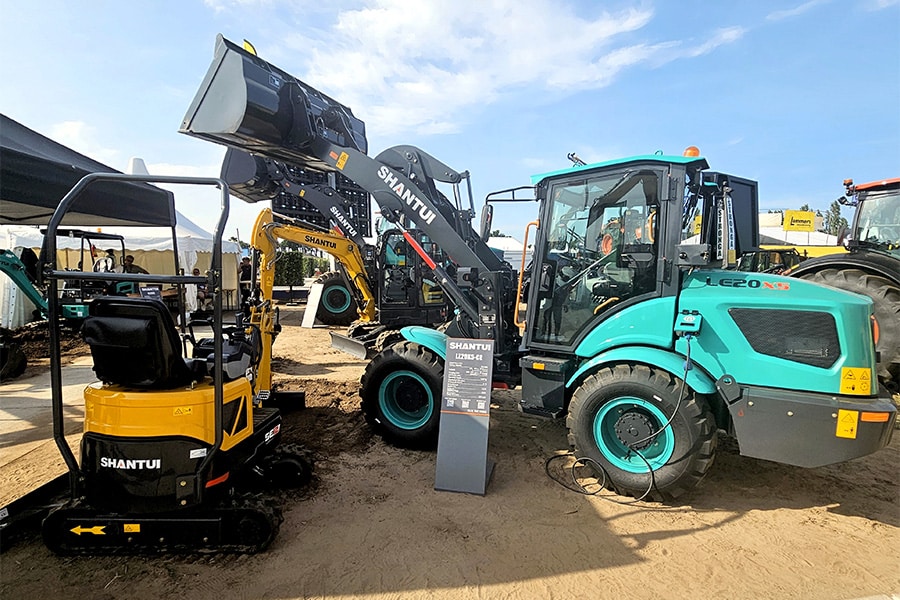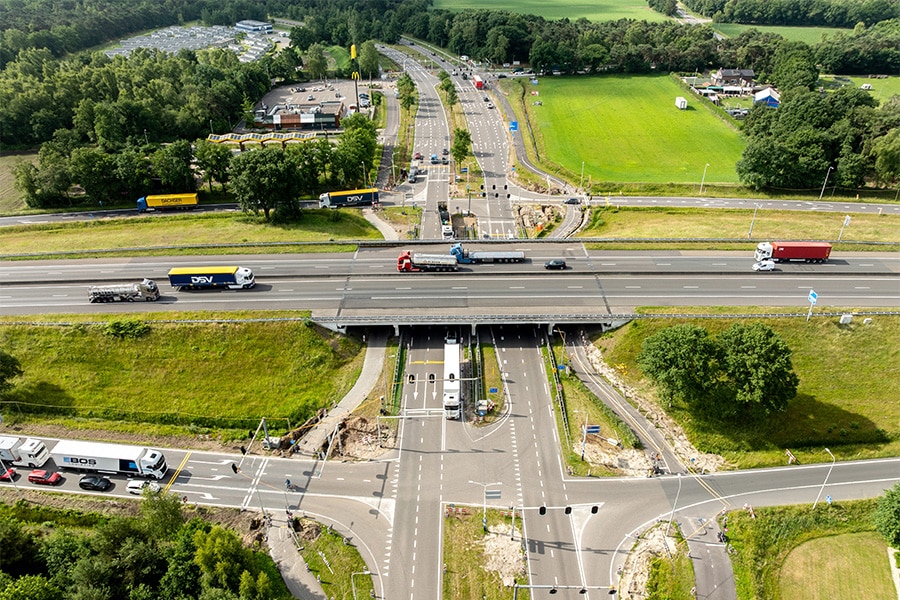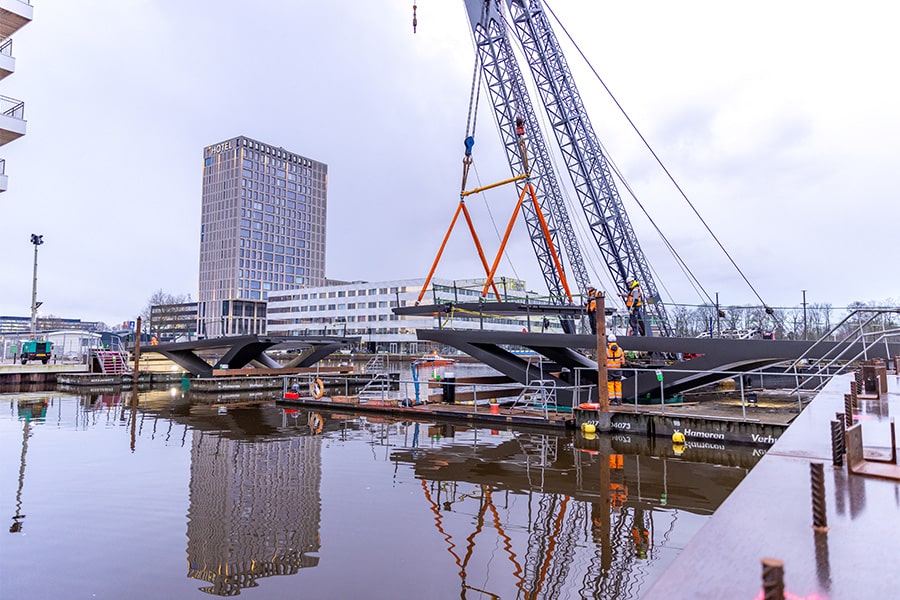
The time has come to look critically at Dutch pumping stations
The increasing flooding in our country is causing damage, anxiety, grief and costing our country a huge amount of money. Times have changed and our little chickadee, originally praised for water management, is having a tough time battling inland water. GWW Magazine sits down with Flowserve, known worldwide for developing and manufacturing pumping systems. Jan Vervoort, responsible for the drinking water and pumping station market in the Northern Netherlands, Ronald Lammerink, responsible for the drinking water and pumping station market in the Southern Netherlands and Tim Bastiaansen, engineering specialist hydraulics, talk about the current state of affairs when it comes to pumping stations from their expertise.

A second life for old pumping stations
Jan opens the talk, "You notice that we live in different times. Due to climate change, we have to deal with ever-higher water levels and the very frequent, heavy rainfall results in an unprecedented amount of water to be drained off. In practice, this means that many pumping stations are no longer up to their task. We also see that we increasingly have to give nature a helping hand, because the natural decline is no longer enough to drain water fast enough. A good example is the construction of a new pumping station during the current renovation of the Afsluitdijk. Because it is no longer possible to discharge enough water due to sea level rise, additional pumps are now needed. Flowserve's pumps ensure that the water comes from the IJsselmeer into the Wadden Sea. So people become dependent on mechanical solutions. This is where we at Flowserve see a rewarding task; we don't just use our knowledge and expertise to solve a technical problem, there is also a social responsibility involved. That motivates us enormously every day."

At Flowserve, they believe that the most efficient and affordable way to future-proof pumping stations lies in retrofitting existing pumping stations. "Giving a second life to a pumping station, using state-of-the-art modifications is effective and sustainable," says Ronald. "Not only do you solve the problem of water discharge, but you also save costs and it contributes to less CO2 emissions. We have already been able to give many pumping stations in the Netherlands a second life." As an example, Tim mentions the modifications to the pumping station in Katwijk: "A nice combination of old and new, we upgraded three old pumps and added a fourth, new one. The same was done at the Wetering pumping station, owned by the Drents Overijsselse Delta Water Board. The capacity has been increased and in addition, all pumps are now equipped with fish-safe hydraulics."

Development and testing
Flowserve always goes one step further in the innovation and optimization of pumps. Development and research are done at Flowserve's campus in Etten-leur, with the icing on the cake being the Vossendaal test center. There, the pumps are tested to scale and the flow patterns in the inflow structures are also assessed in a scale model test and improved where necessary. Tim: "A unique opportunity to visualize what is happening. We measure the flow patterns there with paint injection and perform cavitation tests. The pumps are opened up with Plexiglas so that the process can be followed live. Testing is really part of our engineering." Jan adds, "That way Flowserve offers assurance, we test and validate in-house." Ronald adds: "We can test pumps at Vossendaal at a scale of ± 30cm and scale them reliably to impeller diameters of now 460cm diameter. With our knowledge, baggage and available resources, we can do an enormous amount. A good example is the Sasse pumping station from 1928, which no longer functioned. After our upgrade, the pumping station can last for at least another 40 years!"

Global commitment to water
"Again, we need to start asking ourselves in the Netherlands how we can plan to future-proof pumping stations. A lot of water in inner-city areas can no longer be drained by the current drainage system. The pumping stations are not designed for it, so an upgrade is needed there. Old pumping stations in the polder cannot cope with building in the polder, while that is becoming more and more common, due to expansion of municipalities. What do we do with that?" concludes Jan. "Flowserve has the global commitment to water as its focus point, but we are eager to get things right domestically, for everyone's benefit."



